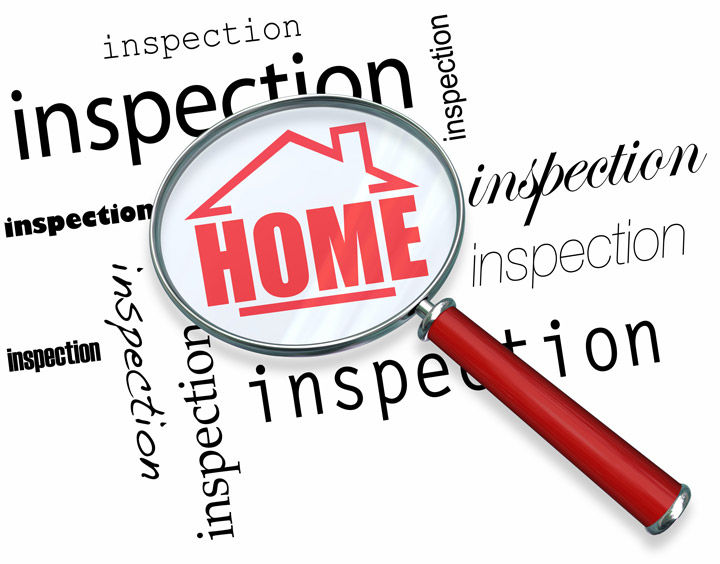
What Are the Components of an Appraisal?Getting a home is the most serious financial decision some might ever encounter. It doesn't matter if a main residence, an additional vacation property or an investment, purchasing real property is a complex transaction that requires multiple people working in concert to make it all happen. You're likely to be familiar with the parties taking part in the transaction. The most known entity in the exchange is the real estate agent. Then, the mortgage company provides the financial capital needed to bankroll the exchange. The title company sees to it that all requirements of the exchange are completed and that the title is clear to transfer from the seller to the buyer. So, who's responsible for making sure the value of the real estate is consistent with the purchase price? In comes the appraiser. We provide an unbiased opinion of what a buyer could expect to pay — or a seller receive — for a property, where both buyer and seller are informed parties. A licensed, certified, professional appraiser from Clear Valuation, Inc. will ensure, you as an interested party, are informed. Appraisals begin with the home inspectionTo determine the true status of the property, it's our duty to first complete a thorough inspection. We must see features first hand, such as the number of bedrooms and bathrooms, the location, and so on, to ensure they truly are there and are in the condition a reasonable buyer would expect them to be. To make sure the stated square footage has not been misrepresented and describe the layout of the house, the inspection often requires creating a sketch of the floorplan. Most importantly, the appraiser looks for any obvious features - or defects - that would affect the value of the house. Once the site has been inspected, we use two or three approaches to determining the value of real property: a paired sales analysis, a replacement cost calculation, and an income approach when rental properties are prevalent. 
Cost ApproachHere, the appraiser pulls information on local building costs, labor rates and other elements to derive how much it would cost to replace the property being appraised. This figure commonly sets the maximum on what a property would sell for. The cost approach is also the least used method. 
Paired Sales AnalysisAppraisers are intimately familiar with the subdivisions in which they work. They thoroughly understand the value of specific features to the homeowners of that area. Then, the appraiser researches recent transactions in the vicinity and finds properties which are 'comparable' to the property being appraised. By assigning a dollar value to certain items such as upgraded appliances, extra bathrooms, additional living area, quality of construction, lot size, we adjust the comparable properties so that they more accurately match the features of subject property.
In the end, the appraiser reconciles the adjusted sales prices of all the comps and then derives an opinion of what the subject could sell for. At Clear Valuation, Inc., we are an authority in knowing the value of real estate features in Henderson and Clark County neighborhoods. This approach to value is commonly awarded the most importance when an appraisal is for a home purchase. Valuation Using the Income ApproachIn the case of income producing properties - rental houses for example - the appraiser may use a third way of valuing real estate. In this case, the amount of revenue the real estate yields is factored in with other rents in the area for comparable properties to derive the current value. Arriving at a Value ConclusionCombining information from all approaches, the appraiser is then ready to document an estimated market value for the subject property. The estimate of value on the appraisal report is not necessarily the final sales price even though it is likely the best indication of a property's valueThere are always mitigating factors such as seller motivation, urgency or 'bidding wars' that may adjust the final price up or down. But the appraised value is often employed as a guideline for lenders who don't want to loan a buyer more money than they could get back in the event they had to sell the property again. It all comes down to this, an appraiser from Clear Valuation, Inc. will help you get the most accurate property value, so you can make the most informed real estate decisions. |